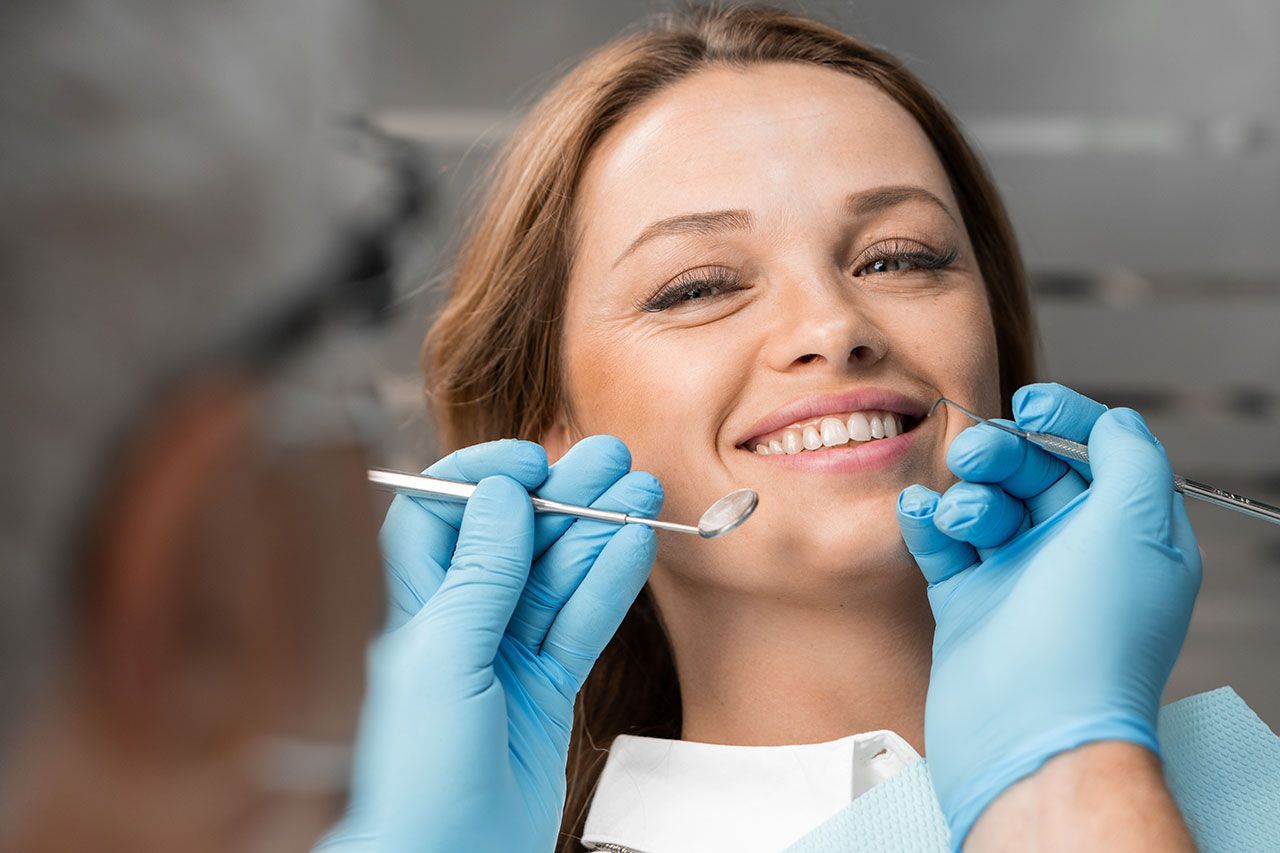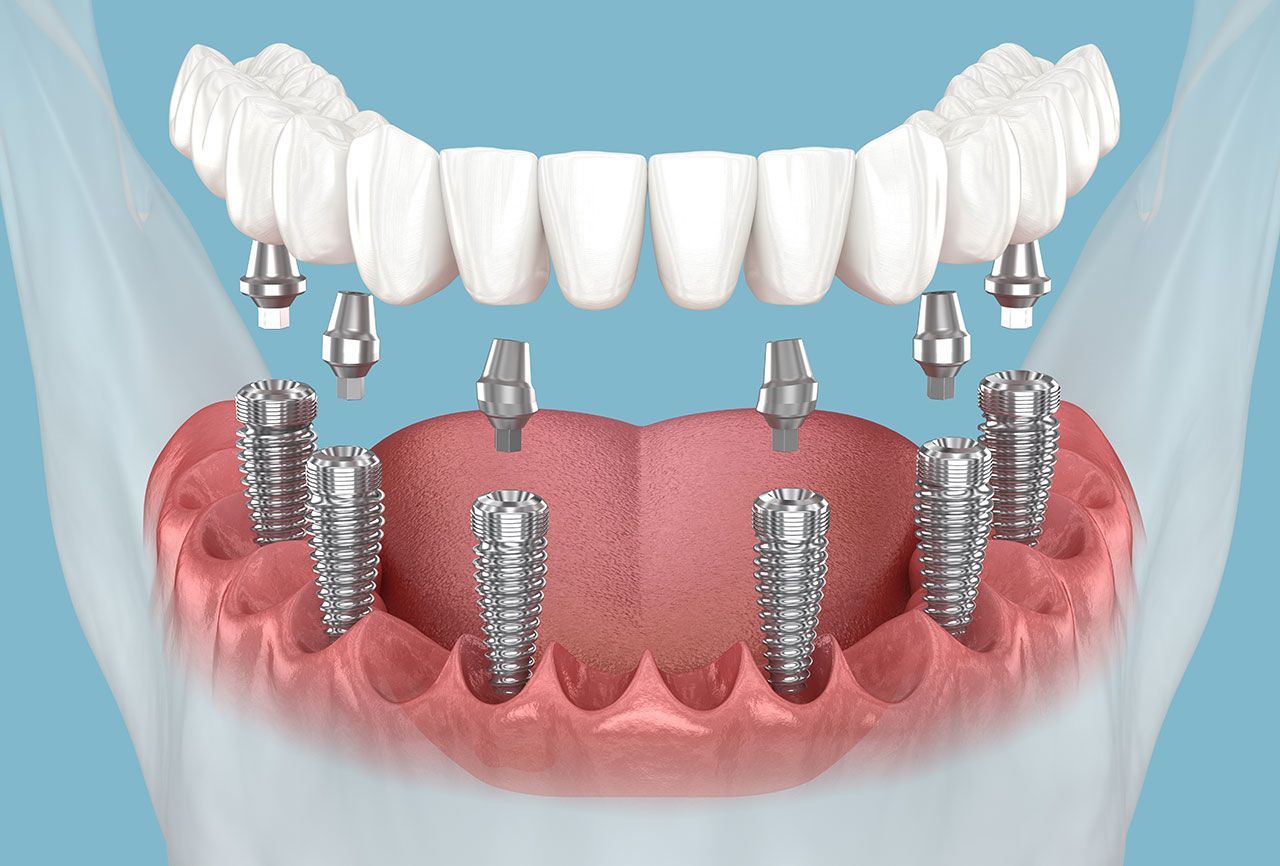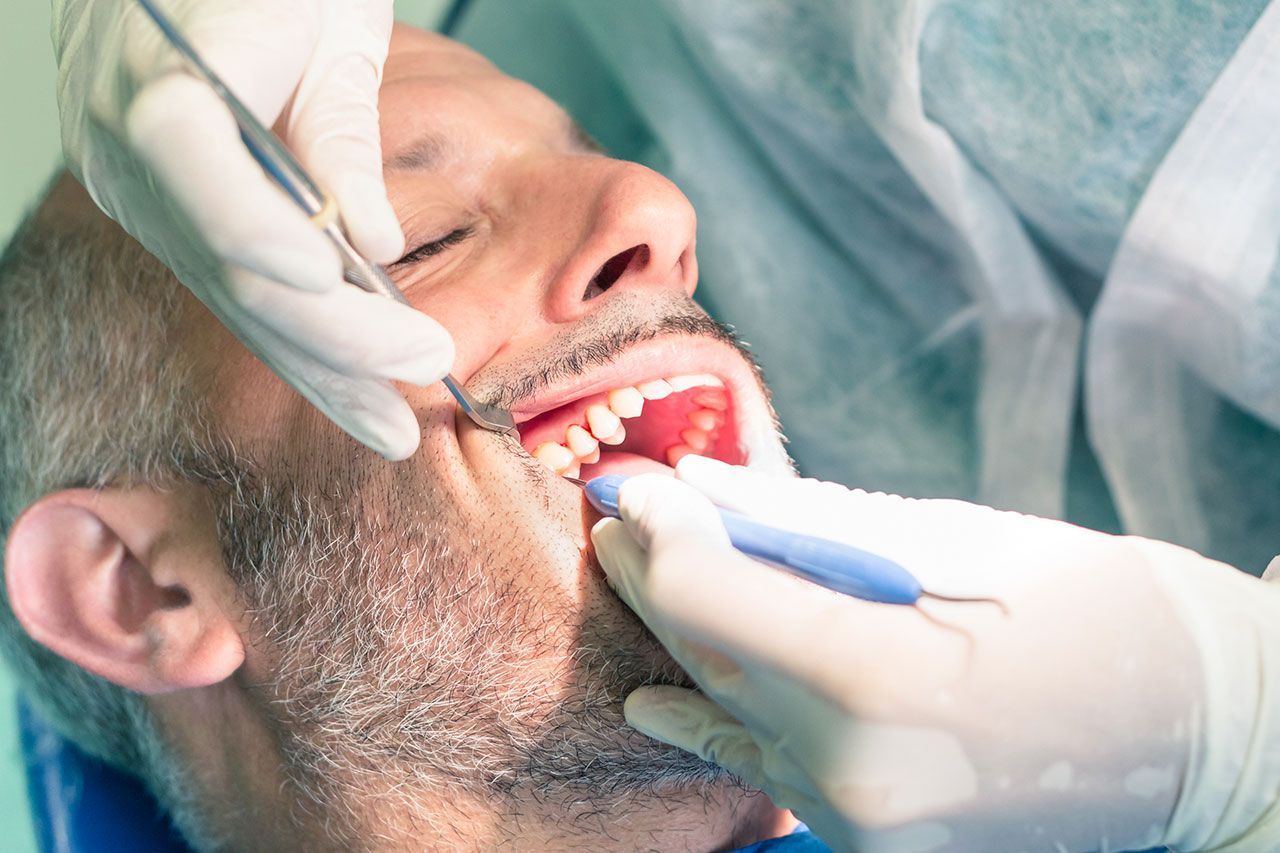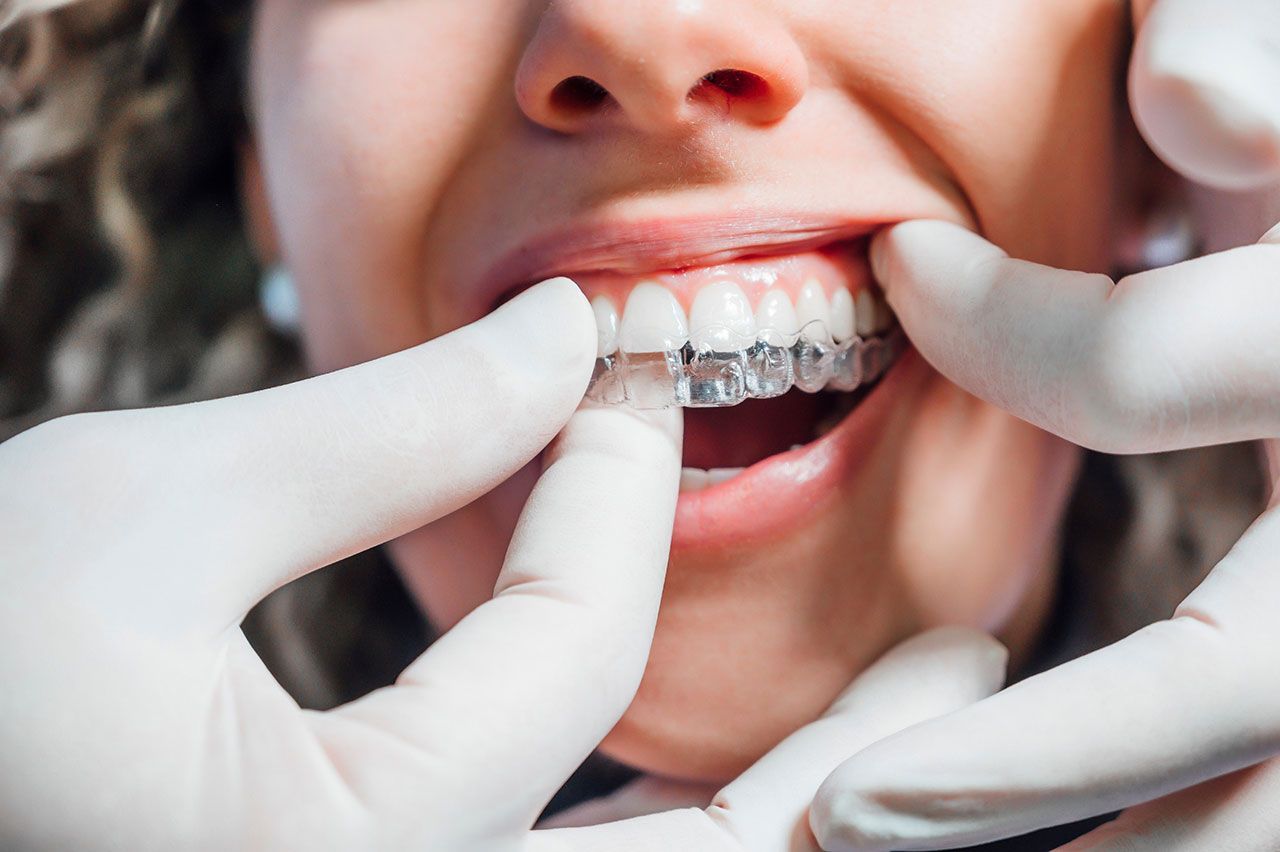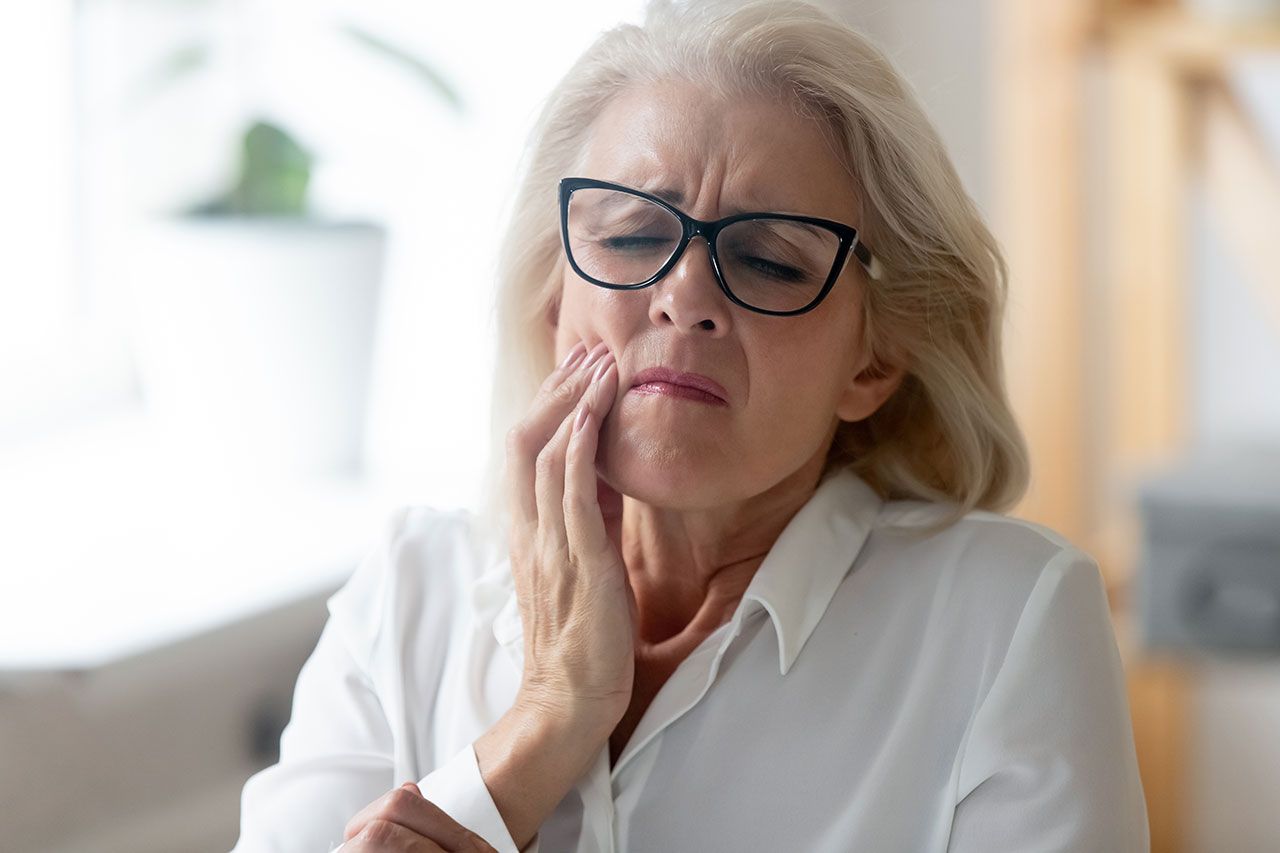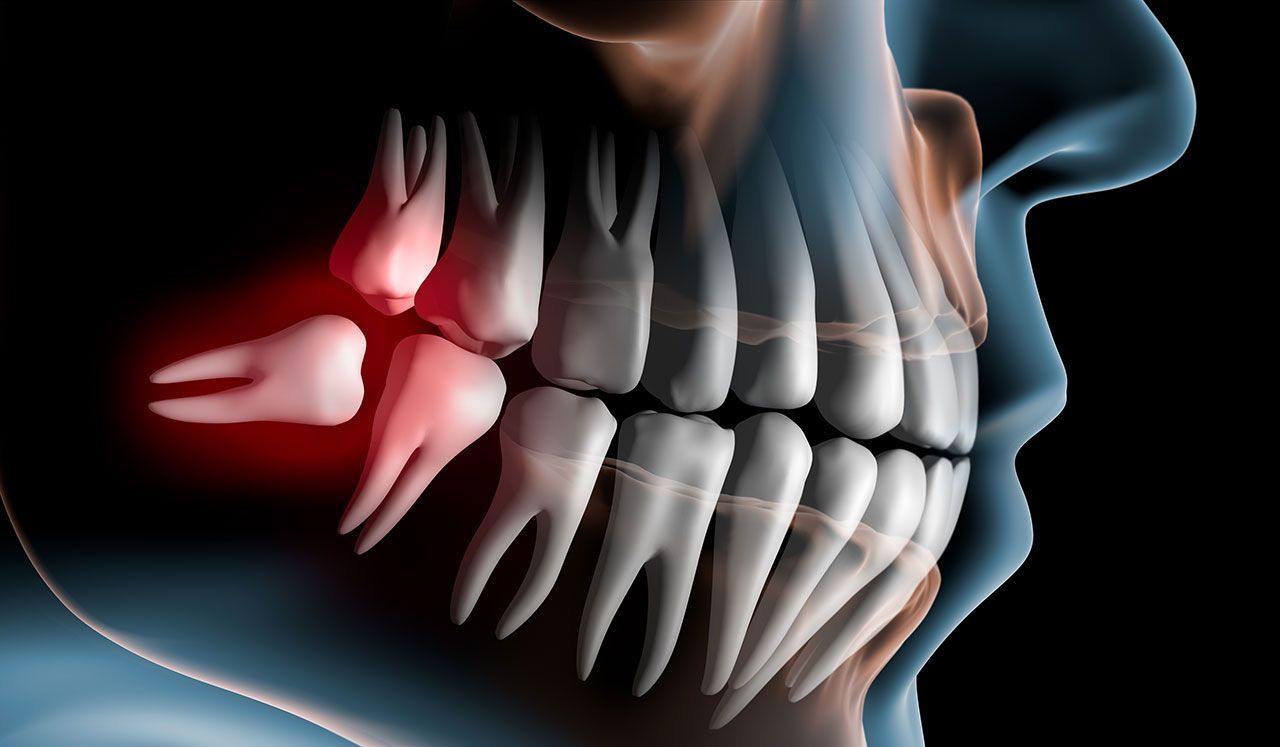Why Flossing Daily Matters: Discovering the Benefits
Flossing is often an overlooked part of daily dental routines, yet it plays a vital role in maintaining oral health. While brushing cleans tooth surfaces, flossing ensures that the spaces between teeth and below the gumline are free from plaque and debris. By reaching areas your toothbrush can't, flossing helps keep your mouth healthy and your smile bright.
Daily flossing removes the tiny food particles and plaque that can lead to cavities and gum disease. Left unchecked, these issues can escalate into more serious dental problems. Establishing a habit of flossing can significantly improve your oral hygiene and prevent the onset of complications.
Creating a routine that includes both brushing and flossing prepares your teeth and gums to handle daily challenges. It doesn't take much time, but the benefits are immense. Not only does it keep your mouth clean, but it also helps in maintaining fresh breath and reducing the risk of dental issues in the future. Making flossing a daily habit is a simple step toward better oral health.
The Science Behind Flossing
Flossing plays a crucial role in maintaining oral health by removing plaque and debris that a toothbrush might miss. Plaque is a sticky film of bacteria that forms on teeth and along the gumline. If not removed daily, it hardens into tartar, leading to cavities and gum disease. Flossing reaches the narrow spaces between teeth and below the gumline, areas that toothbrush bristles struggle to clean thoroughly.
Bacteria buildup in the mouth can have significant repercussions on your oral health. When allowed to thrive, these bacteria produce acids that erode tooth enamel, potentially causing cavities. Moreover, they can irritate the gums, leading to gingivitis and, if left unchecked, more serious periodontal diseases. Regular flossing disrupts this bacterial buildup, preventing these harmful effects and promoting healthier gums and teeth.
Research supports the benefits of flossing. Studies indicate that combining brushing with flossing significantly reduces the risk of developing gingivitis compared to brushing alone. Flossing reduces interproximal carious lesions and is shown to improve overall oral hygiene. Understanding this science makes it clear why dentists consistently recommend including flossing in daily dental care routines.
Benefits of Daily Flossing
Incorporating flossing into your daily routine brings multiple health benefits extending beyond just gum health. One primary advantage is the prevention of gum disease and cavities. By removing plaque and food particles that get trapped between teeth, flossing plays a pivotal role in halting the progression of oral diseases.
Flossing helps reduce the likelihood of developing cavities between teeth, where toothbrushes often cannot reach. This practice effectively cleans delicately, ensuring that all surfaces of your teeth remain free from harmful bacterial growth. Preventative flossing can save you from the discomfort and expense of restorative dental procedures in the future.
Additionally, flossing contributes significantly to fresher breath. Bad breath often stems from food particles left in the mouth, promoting bacterial growth. By eliminating these particles, flossing minimizes bacteria that cause odors. This simple daily habit elevates your oral hygiene routine and keeps your breath consistently fresh, boosting your confidence in social interactions. Embracing daily flossing as part of your oral care regimen offers numerous advantages that support long-term dental health.
Overcoming Common Flossing Challenges
Many people find reasons to skip flossing, often due to misconceptions or difficulties. Common excuses include lack of time, forgetting the importance of flossing, or discomfort while flossing. Some individuals find traditional string floss challenging to handle, particularly if they have small mouths or tightly spaced teeth.
To make flossing easier and more effective, consider trying different techniques and tools. For instance, using waxed floss can help it glide more smoothly between tight teeth. Floss holders or picks are excellent alternatives for those who struggle with the dexterity needed to use string floss. Water flossers are another great option, as they use a gentle stream of water to dislodge debris and clean between teeth.
For those with braces or other dental work, specialized floss with stiff ends can maneuver around wires and clean effectively. You might also try interdental brushes, which fit between teeth and provide a thorough clean. Finding the right method that works for you can combat procrastination and make flossing a straightforward part of your daily routine.
Establishing a Flossing Routine
Incorporating flossing into your daily habits doesn't have to be difficult. Start by setting a specific time each day dedicated to flossing, such as before bed, to remove particles that accumulate throughout the day. Pairing flossing with another established habit, like brushing, can make it easier to remember.
Using the right tools can also support consistent flossing. Invest in a variety of flossing products—like standard floss, floss picks, and a water flosser—to see what you and your family prefer. This variety ensures that everyone in the household finds an option that fits comfortably into their routine.
Teaching children the importance of flossing is key to instilling lifelong habits. Demonstrate the correct technique, explaining why flossing is essential for healthy gums and teeth. Use products designed for kids, like colorful floss sticks, to make the process engaging. Establishing a flossing routine early encourages consistency and embeds this valuable habit as they grow.
Conclusion
Embracing flossing as a critical component of your dental hygiene routine can lead to a lifetime of healthier teeth and gums. While it may initially seem like an additional chore, understanding its immense benefits and having the right tools at your disposal ensures that flossing becomes a seamless part of daily life. By tackling common challenges and fostering an environment where flossing is second nature, you enhance not only your oral health but also boost your overall well-being.
If you've been inspired to make flossing an integral part of your dental care routine, consider consulting with Wow Dental. Our knowledgeable team is committed to guiding you and your family toward maintaining excellent oral health. Schedule an appointment with our
Detroit dentists today and explore personalized advice tailored to your dental needs and preferences.
